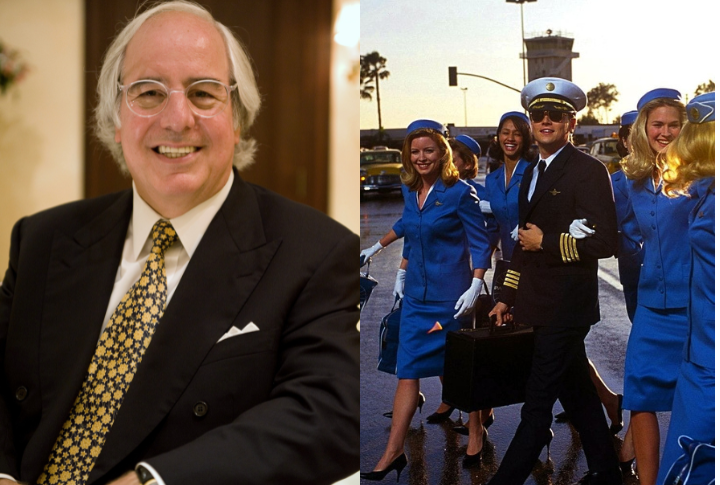
If you’ve ever marveled at the intrigue of Catch Me If You Can or Ocean’s Eleven, you’re in for a treat. These films are inspired by real-life con artists who transformed trickery into an exhilarating performance. Here are 10 notorious fraudsters whose lives are as captivating as any Hollywood thriller.
Frank Abagnale

In the 1960s, one young man became the FBI’s nightmare, swindling an estimated $2.5 million through various fraudulent activities. If you’ve watched Catch Me If You Can, starring Leonardo DiCaprio and Tom Hanks, you’re probably familiar with this incredible ability to assume various identities and forge documents with remarkable precision. After serving time for his crimes, he was released and became a security consultant, helping authorities and businesses detect and prevent fraud.
Anthony Gignac

Known for impersonating a Saudi prince, this con artist used the aliases Prince Adnan Khashoggi and Sultan Al-Saud to defraud countless victims out of millions. Born in Colombia and orphaned at a young age, he adopted a lavish lifestyle to deceive investors and luxury brands, creating convincing displays of wealth and royalty.
George C. Parker
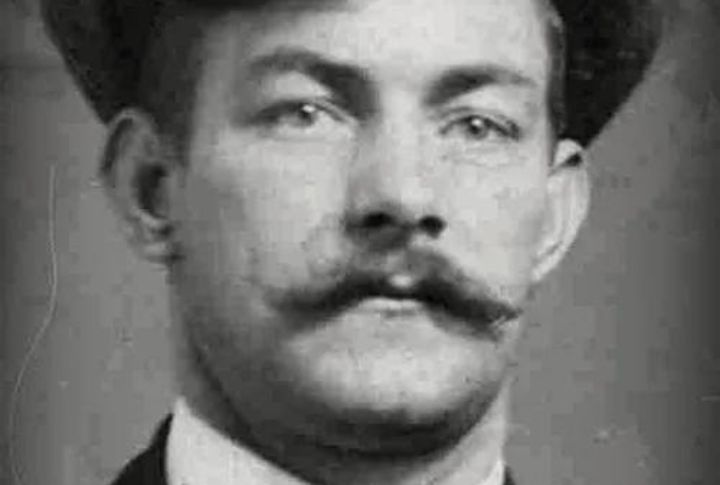
In the early 20th century, this con artist managed to convince some people to buy the Brooklyn Bridge. He also sold other famous public properties, such as the Madison Square Garden and the phenomenal Statue of Liberty, through impressive forgeries. Later arrested, he spent his last years in Sing Sing Prison, where he remained popular among the inmates and guards until his death in 1936.
Simon Leviev

A Netflix documentary called The Tinder Swindler highlighted the schemes of an individual who used the dating app Tinder to con women into believing he was a wealthy diamond mogul. Through elaborate stories of danger and need, he swindled several women out of approximately $10 million, using their money to fund his luxurious lifestyle. Although arrested in 2019 and sentenced to 15 months, he served only five months before his release.
David Hampton
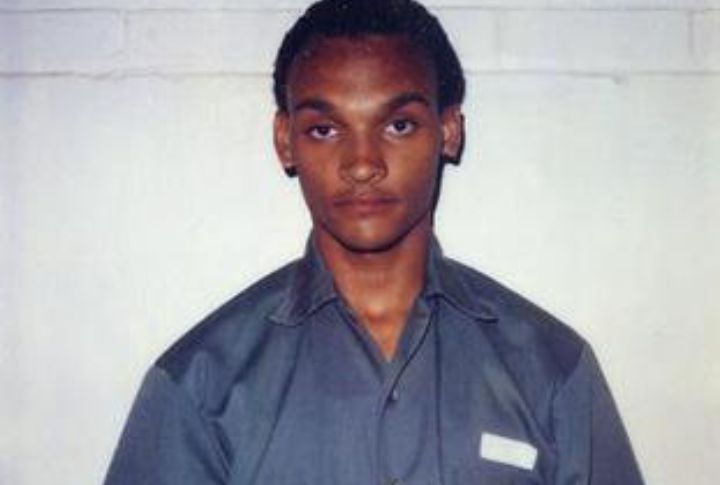
David Hampton posed as David Poitier, the son of actor Sidney Poitier in the 1980s, after he and one of his friends posed as the sons of celebrities to get into a club. Seeing that it worked, he convinced some wealthy people to give him money and food, eventually conning Gary Sinise, Calvin Klein, and Melanie Griffith. His story inspired the film Six Degrees of Separation.
Sylvia Browne

Regularly gracing television screens, Sylvia Browne presented herself as a psychic capable of predicting the future and locating missing people. Charging hefty fees for her readings, she amassed significant wealth. Despite later controversies on her legitimacy, Browne still authored 40 books on paranormal topics and maintained her popularity until her death in 2013.
Charles Ponzi
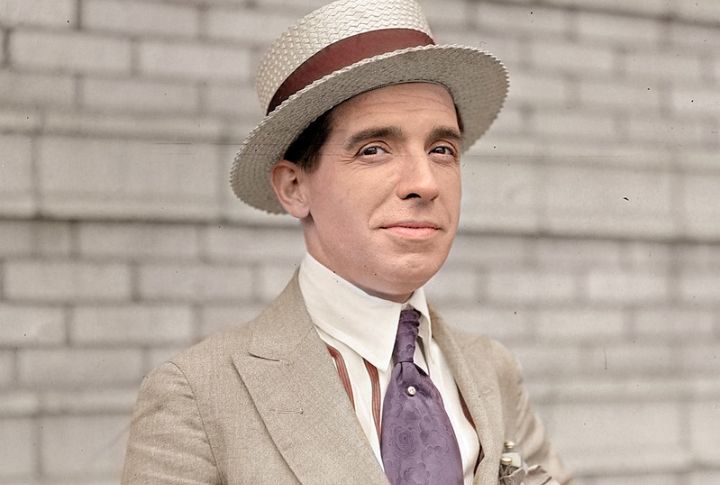
The Ponzi scheme, named after this individual, involved defrauding investors with promises of high returns from international postal reply coupons. In the 1920s, he defrauded investors out of $20 million, equivalent to around $304 million today. After serving time in prison, he was deported to Italy, where he spent his final years in poverty before dying in 1949.
Victor Lustig
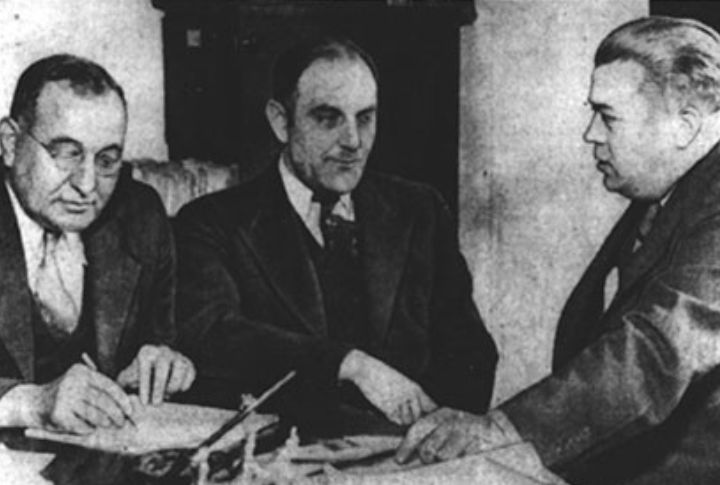
Famously known as the man who sold the Eiffel Tower twice, Victor Lustig convinced some scrap metal dealers to buy the tower, claiming that the city was planning to demolish it because it was too expensive to repair. He also convinced others that he owned a box that could duplicate any currency bills placed in it. Lustig was eventually caught and spent his remaining years in Alcatraz, where he died in 1947.
Christophe Rocancourt

In the 1990s and early 2000s, many wealthy individuals and celebrities met a man who convinced them he was an heir to the Rockefeller family. The man also pretended to be a movie producer, businessman, and ex-boxing champion. Some reports estimate that he managed to scam people out of about $40 million and even planned to star in a movie.
Gregor MacGregor
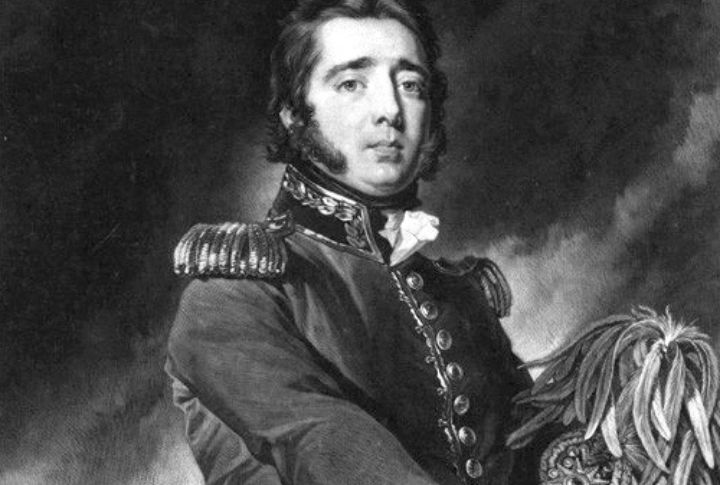
Inventing a fictional Central American country called Poyais, the fraudster persuaded hundreds of investors and settlers to invest in and emigrate to this non-existent paradise. He created fake government documents, maps, and a guidebook to support his claims, swindling his victims out of thousands of pounds. Despite facing multiple trials, his persuasive abilities led to acquittals each time.
